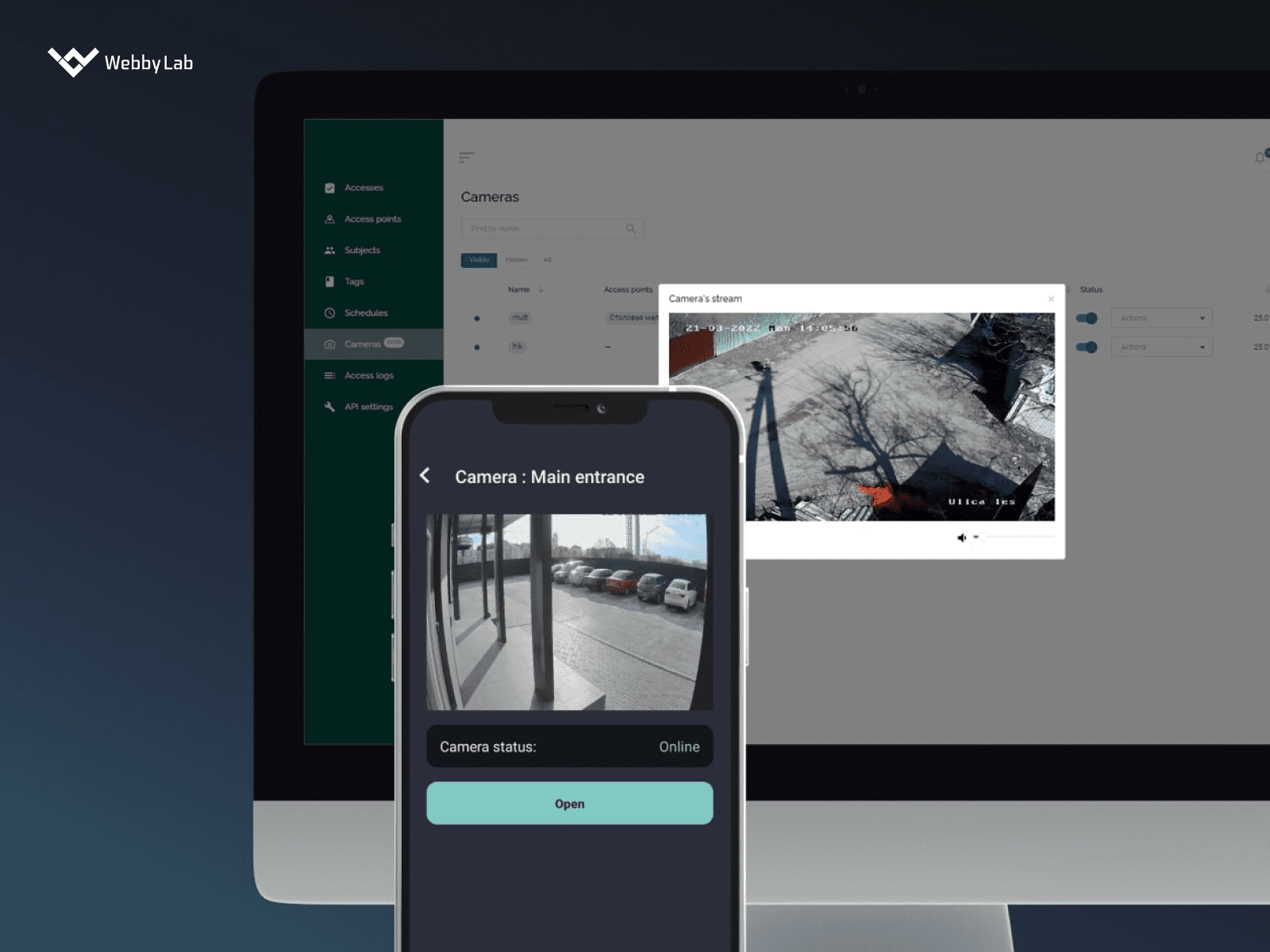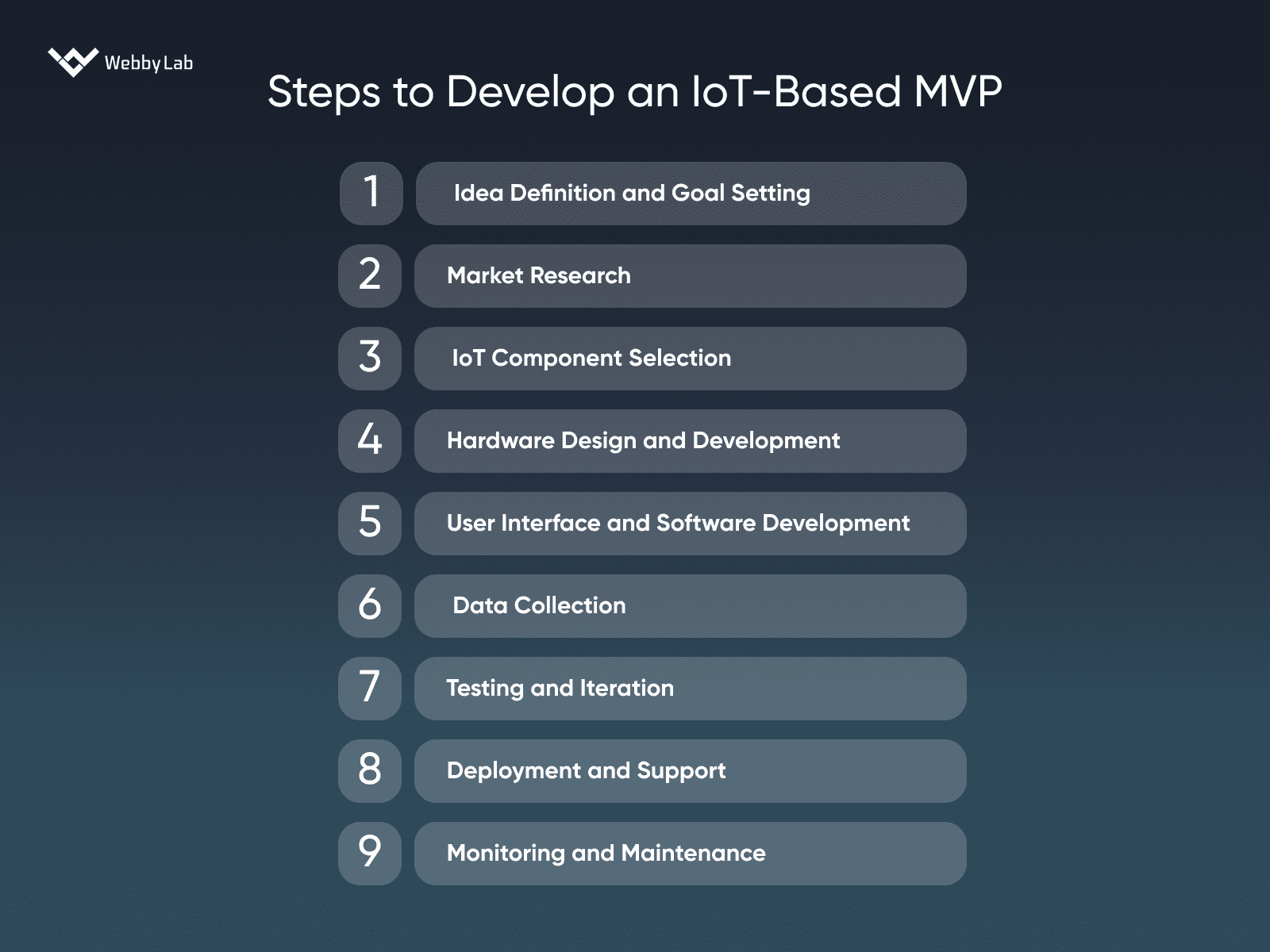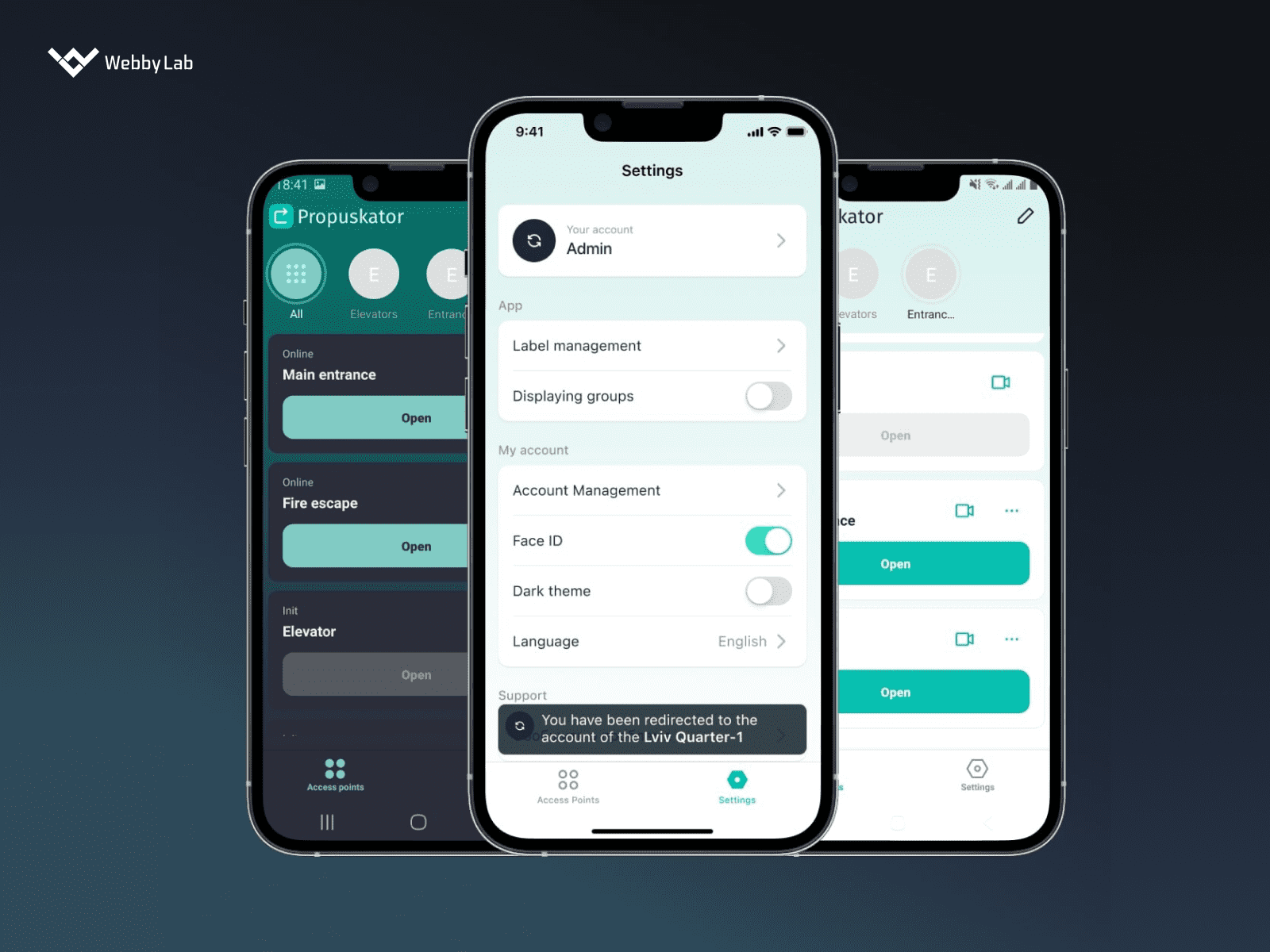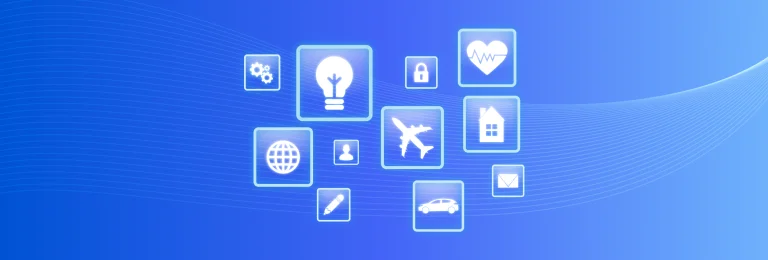IoT-Based Minimum Viable Product (MVP) Development
Written by:

Kostiantyn Oliynyk
Head of IoT at Webbylab
With a robust academic background in Telecommunication Systems Engineering, I apply my knowledge to lead innovations in the IoT domain. Starting as the first team member in the newly formed IoT department at WebbyLab, I've spearheaded its growth, fostering the expansion into embedded and hardware development alongside our core software projects. My dedication lies in pushing the boundaries of IoT technology, fostering a culture of innovation and excellence that profoundly impacts our clients' operational success.
An IoT-based MVP allows businesses to test their ideas, collect user feedback, and improve their solutions. It also reduces time-to-market and risks.
Consider scalability, compatibility, and ease of integration. That ensures the chosen technology will adapt to your project’s agile needs.
The most promising MVP examples include smart home automation, industrial solutions, and health monitoring devices.
First of all, outline your IoT-based MVP requirements and expectations in detail. Then, based on your needs, look for vendors with relevant experience, skill sets, and technology stacks. Review their previous projects and customer feedback, collaboration approaches, cost structures, and security measures.
The process of creating an IoT MVP typically requires several months due to the integration of hardware, software development, testing, and iteration. The exact duration depends on the project’s specifics and complexity. Contact us for an estimate on your project.










![IoT Product Development [Explained]: 9 Steps to Production](https://webbylab.com/wp-content/uploads/2024/03/upload_65f2db5d6b266-768x260.png)




